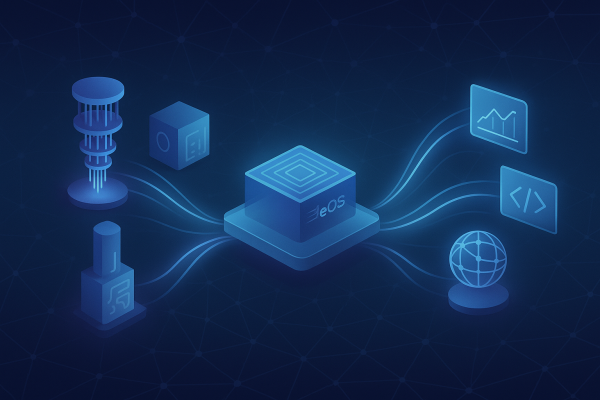As we approach the era of industrially usable quantum computers, fears are growing about the future of certain cryptocurrencies—especially Bitcoin. Will they remain secure, or will the encryption protecting them be broken in minutes? In this article, I examine—based on expert analysis—whether these fears are justified.
How can quantum supremacy threaten Bitcoin?
Quantum computers can perform calculations in parallel by leveraging quantum mechanical phenomena, allowing them to complete in minutes tasks that would take conventional computers thousands of years. Bitcoin and other cryptocurrencies are protected by robust cryptographic algorithms designed to prevent unauthorized access. However, a quantum computer with 13 million qubits could crack Bitcoin’s digital signature in about 24 hours. This prospect sounds extremely threatening, especially considering that the newly announced Majorana 1 processor is estimated to reach one million qubits by 2032. Moreover, quantum computers could simultaneously attack both of Bitcoin’s security pillars: the digital signatures that authenticate transactions and the hash algorithms that ensure the immutability of the blockchain.
By breaking the digital signatures, one can derive private keys from public addresses, enabling all the cryptocurrency in a compromised wallet to be stolen without obstruction. In this context, the so-called Shor algorithm can be employed to break the cryptography.
Hash algorithms, on the other hand, can be attacked in two ways:
-
On one hand using the so-called Grover algorithm, a quantum computer could accelerate the mining process, thereby gaining sole control of the blockchain and altering it at will.
-
On the other hand wallets use hash algorithms to obscure public addresses. Fortunately, about 75% of wallets already use single-use Taproot addresses, which conceal public keys until funds are spent. These addresses are relatively secure, but the remaining 25% can be compromised immediately.
A third problem also threatens Bitcoin holders. Even if security updates render future transactions safe, past transactions remain vulnerable. Thus, addresses used in the past can be hacked.
How can Bitcoin protect itself?
There is cause for optimism: Bitcoin has already demonstrated its ability to evolve. Its history is marked by updates that have steadily enhanced its resilience—for example, the introduction of the Schnorr signature. Moreover, further developments are underway, with several proposals aimed at achieving quantum resistance:
-
Lamport signature: A single hash-based signature that resists the Shor algorithm.
-
STARK: A zero-knowledge proof that enables transaction verification without revealing the public key.
-
Modification of the mining algorithms: The currently used SHA-256 algorithm could be replaced by a quantum-resistant solution (e.g. SPHINCS+) via a soft fork, thereby negating the advantages provided by the Grover algorithm.
-
Automatic replacement of addresses: Because addresses from past transactions cannot be retroactively secured, an update replacing all addresses with quantum-resistant ones may be necessary.
The transition to quantum-resistant solutions might even be incentivized economically—for instance, by granting block space discounts to quantum-resistant addresses. For now, experts believe that although Bitcoin updates tend to be relatively slow (SegWit was introduced in 2017, followed by Taproot in 2021), they will likely be implemented in time to achieve a quantum-resistant state before quantum computers pose a real threat.
Is Bitcoin or traditional money safer?
Bitcoin employs encryption algorithms that, while not currently secure against quantum attacks, can be changed at any time. Because Bitcoin’s decentralized network operates independently, it can unilaterally adopt new cryptographic methods. In contrast, banks rely on fixed cryptographic standards that require extensive industry collaboration to update, rendering them extremely rigid in the face of change. Consequently, banks use static encryption systems that have been in place for decades. Moreover, centralization means that attacking a single institution can jeopardize millions of bank accounts, whereas— as noted earlier—each Bitcoin address must be attacked individually.
Conclusion
Overall, quantum computing presents a manageable challenge for Bitcoin rather than an existential threat. Although the Shor and Grover algorithms might theoretically undermine certain cryptographic elements, Bitcoin’s decentralized governance, modular architecture, and continuous incremental updates enable it to keep pace with the evolution of quantum technology. Meanwhile, traditional financial systems are not able to adapt as flexibly when faced with similar risks.



































